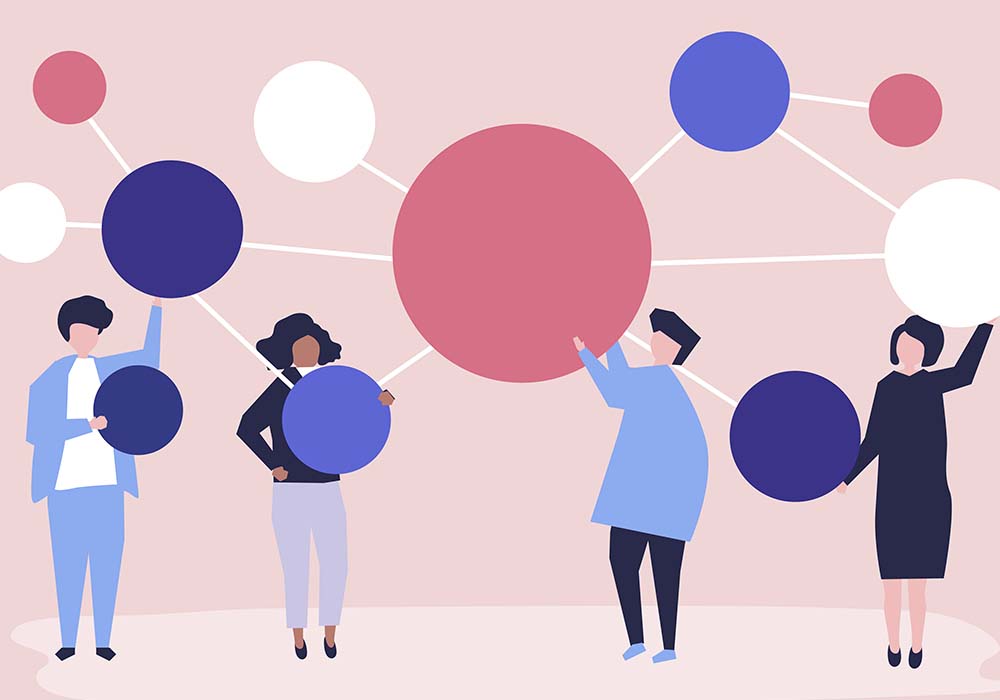Thinking does not respect age. As a result, in his Academy, the Greek philosopher Plato came up with a method of research and work based on “horizontality” – where the distinction between masters and students dissolved, and all members of the institution, considered to be the West’s first university, worked on the same level, bringing their different viewpoints and experiences to the pursuit of a common objective. If, in the institution that gave birth to some of the best thinkers in the history of philosophy, work was done in a way that fostered equality and rewarded different ideas, why not apply the same methodology to today’s office routines?
Twenty-first-century labor relations involve selection processes, optimized curricula, algorithms, interviews, keywords, etc. And, in the middle of all that, a word that acts as a double-edged sword: experience. For older employees, having too much experience can be understood as being synonymous with paralysis. In society, there is also an established belief that, from a certain age, professionals can no longer learn, a prejudice which grows where technological innovation is discussed. Age, and its accompanying difficulties, works against senior professionals. According to a survey by Randstad Research, up to 55% of older people believe their stagnating careers are due to age bias. In this respect, it might seem that only the new has value, but that is only partially true. For young people, lack of experience is another stigma they find difficult to escape. Millennials and Generation Z are especially considered to be non-conformist, unreliable and lacking in commitment.
Does ageism exist in the workplace?
The well-known term “ageism” is different from “gerontophobia” (“fear of older people”) in that it acts like a double-edged sword, affecting both young and older adults alike. Professor Ana Belén Fernández Souto, head of the first Chair in Ageism at Vigo University in Spain, affirmed as much in an interview with Ethic, when she said that ageism is a problem which can affect everyone, although in Europe young people are the most discriminated against. “We can talk about ageism in the workplace,” she explained, “both in terms of first impressions of young people, who suffer from stereotypes like irresponsibility and lack of commitment to work, and also in the 45-55 age range. Ageism is constantly present and all of us are ageist, although sometimes we have good intentions. All of us can suffer ageism at some point in our lives.”
